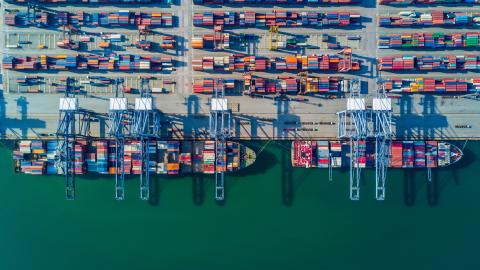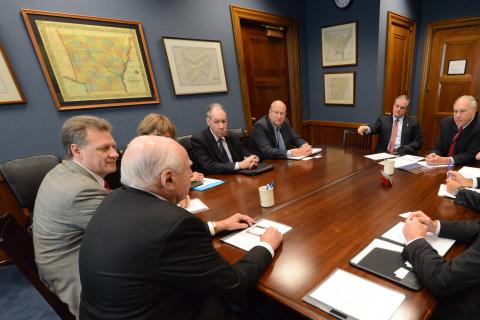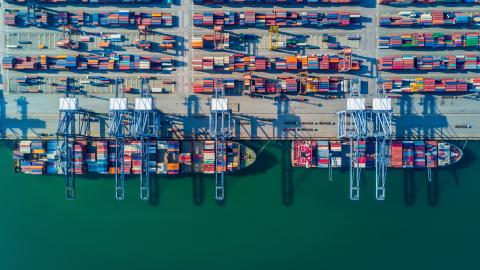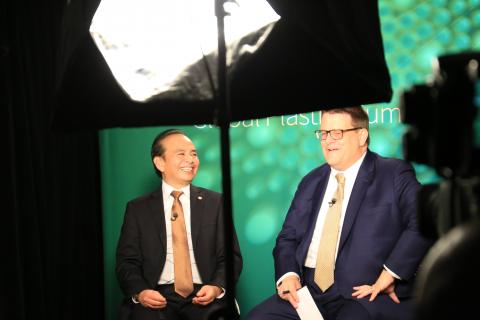Waiting for Godot or Higher Tariffs for Longer?
Tue August 13, 2019
Perc Pineda, PhD, PLASTICS Chief Economist
I started my career in trading in 1990. I recall transactions with China under letters of credit that did not follow the International Chamber of Commerce (ICC) Uniform Customs and Practice of Documentary Credits (UCP 500). China had no concept of the uniformity of international business transactions in the early phase of its transition into an open economy. Doing business with China often started with numerous price quotations, most of which never saw the light of day. For business inquiries that turned into orders, they often came with strange questions or requests. “Can you ship the machine disassembled and declare each piece as parts?” one prospective Chinese client politely inquired in a facsimile communiqué. As a young economics major straight from college, it was a head scratching moment.
Times have changed. China eventually became a savvy global manufacturer and trader. One day we all woke up and China was the second-largest economy in the world. Its standard of living has improved dramatically because it became the manufacturing facility for the U.S. and other countries’ conglomerates who tapped into what seemed to be an unlimited Chinese labor force at lower wages. Trade became inevitable for an economy with a manufacturing surplus at competitive prices owing to lower labor costs.
Last year, President Trump acted to realign the long-standing U.S.-China trade imbalance by imposing higher tariffs on imports from China. We all know the story—it started with a list of products to be taxed at a higher rate. Eventually we ended up with four lists. Naturally, China retaliated and the fallout from the tariffs continues unresolved today.
As far as the U.S. plastics industry is concerned, second quarter trade with China had decreased from the second quarter last year with plastics molds decreasing the most—by more than half. Last year U.S. plastics industry exports to China was $1.8-billion strong. Year to date, plastics exports to China are $856.7 million—9.2% lower year-to-date June 2018 according to the trade numbers from the U.S. International Trade Commission.

While President Trump continues to bemoan China’s unfair trade practices over the past decades—from intellectual property theft, national security issues related to trade in technology, a regulatory environment that forces technology transfers into China, and higher tariffs imposed on imports from the U.S. for many years—the uncertainty this has caused in the economies of both countries and the knock-on effects on the global macroeconomy are expected to remain high and could be around for a while.
The end of the prolonged fallout from tariffs between the U.S. and China is nowhere in sight, it seems. In sum, we can say that the U.S. has now imposed higher import duties on virtually all imports from China. And China’s retaliation, one can argue, now levels the playing field: both countries will be trading at higher—not lower—tariffs. In addition to higher tariffs, both countries are now diverting trade, which would be the likely outcome when tariffs are high enough to erode margins. China refuses to buy agricultural products from the U.S. and U.S. companies have ramped up business relations with other countries to secure supply chain continuity—thereby incurring costs. The latest move of China to devalue the Yuan reveals weaknesses in its economy. For one, China’s real assets have just dropped in value. It’s no secret that China’s economy has slowed. Almost two million jobs have been lost in China due to the ongoing trade spat with the U.S., according to China International Capital Corporation. However, U.S. concerns on its trade imbalance with China are legitimate. The question is whether a negotiated resolution between the two largest economies of the world is within reach. The recent move by President Trump to delay some tariffs on Chinese imports until December 15, which were slated to take effect on September 1, is not a resolution but simply kicking the can down the road. It still looks like the uncertainty from this ongoing trade dispute remains high and will remain in the next two quarters.








